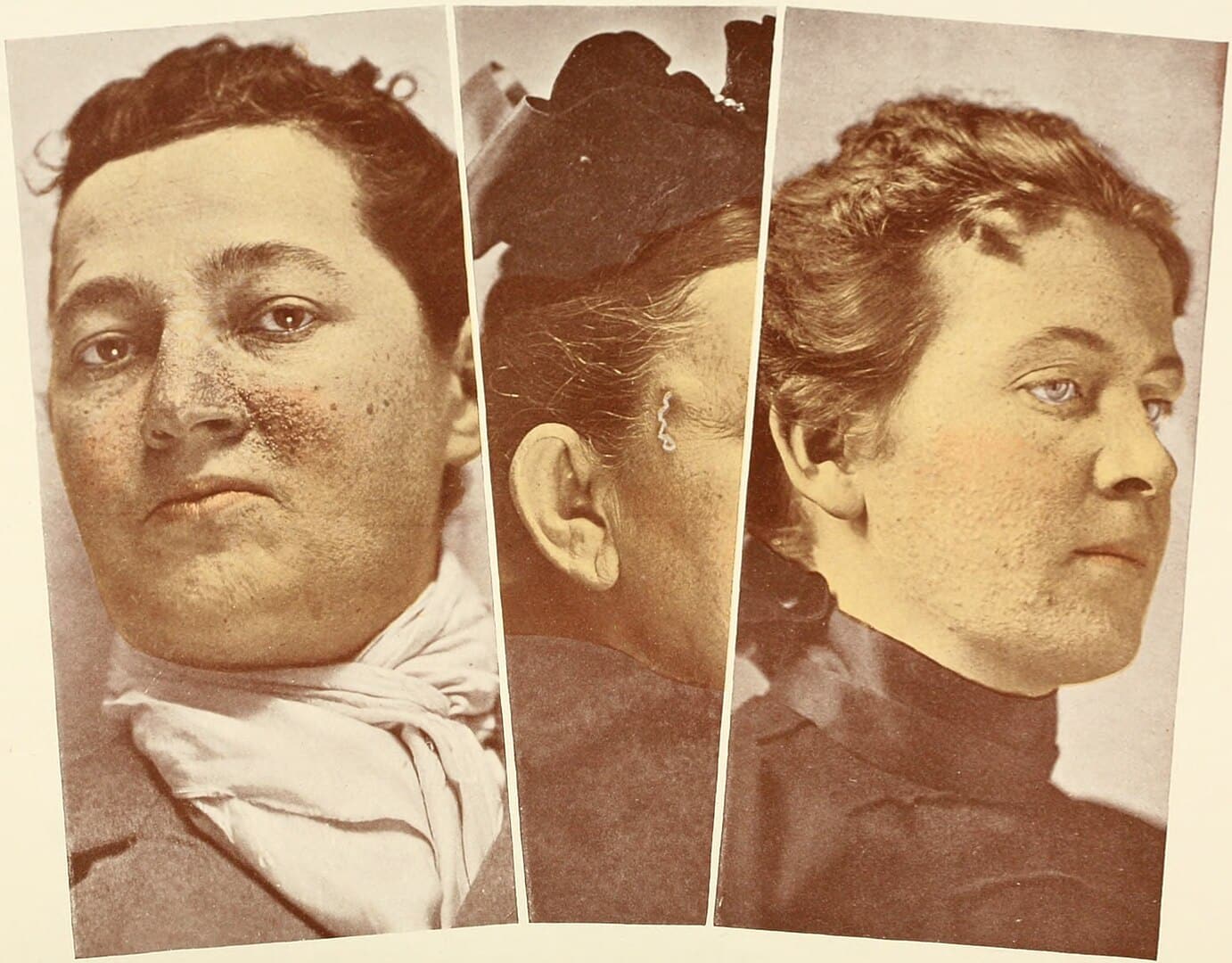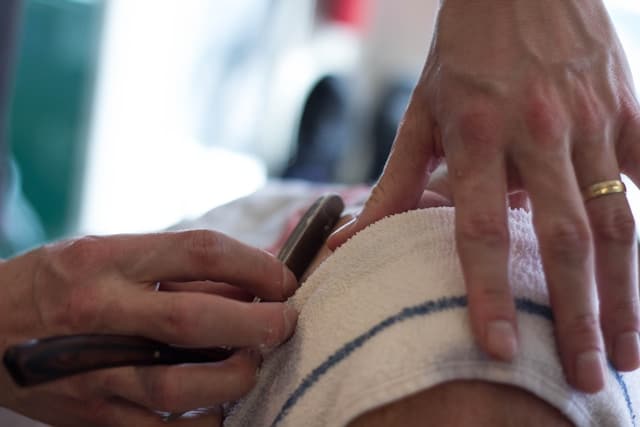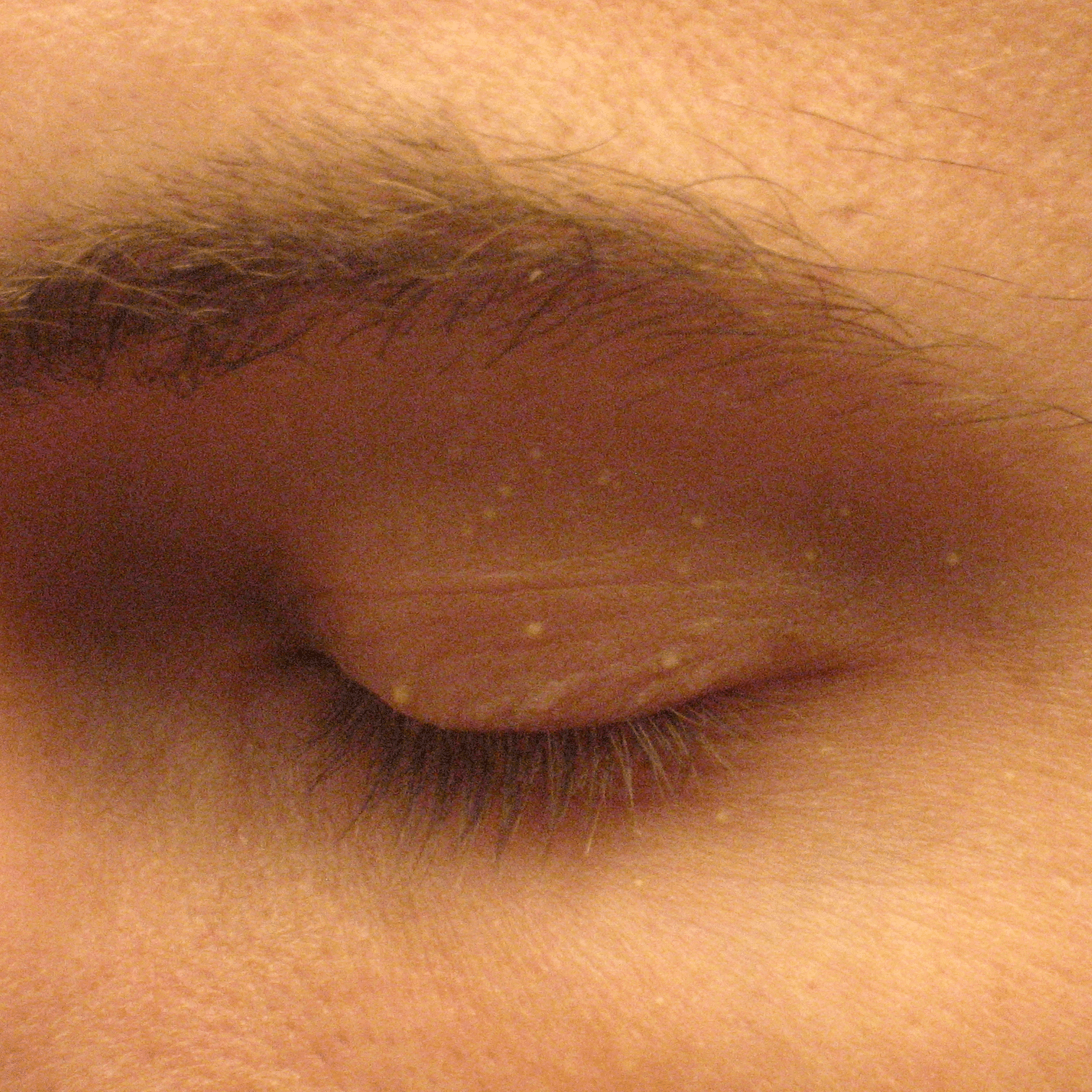Milia, those tiny white or yellowish bumps that often appear around the eyes, nose, and cheeks, are small cysts that form under the skin. Unlike acne, they are not caused by clogged pores but by trapped keratin, a protein found in the skin. While they are harmless and usually painless, many people seek ways to remove them for cosmetic reasons.

There are various methods to remove milia, ranging from professional treatments to natural remedies. Dermatologists often recommend in-office procedures such as laser therapy, chemical peels, or extraction by a professional. These methods are effective but can be costly and may require downtime for healing.

For those who prefer at-home remedies, there are several natural methods to consider. Exfoliating the skin regularly can help remove dead skin cells and prevent the formation of milia. Using gentle exfoliants such as alpha hydroxy acids (AHAs) or beta hydroxy acids (BHAs) can be beneficial. Additionally, some people find that applying products containing retinoids can help reduce milia by promoting cell turnover.

If you’re looking for more natural alternatives, certain oils like rosehip or castor oil may help. These oils can penetrate the skin and help dissolve the keratin trapped under the surface. However, it’s important to use these treatments consistently and with caution, as overuse can irritate the skin.

Prevention is also key to managing milia. Maintaining a proper skincare routine that includes gentle cleansing, regular exfoliation, and moisturizing can help keep your skin healthy and reduce the likelihood of milia forming. Avoiding heavy, oil-based cosmetics and sunscreens may also be beneficial. If milia persists despite your best efforts, it may be time to consult with a dermatologist. They can provide more targeted treatments and advice tailored to your skin needs. While milia are not harmful, taking steps to manage them can improve the appearance of your skin and boost your confidence.
